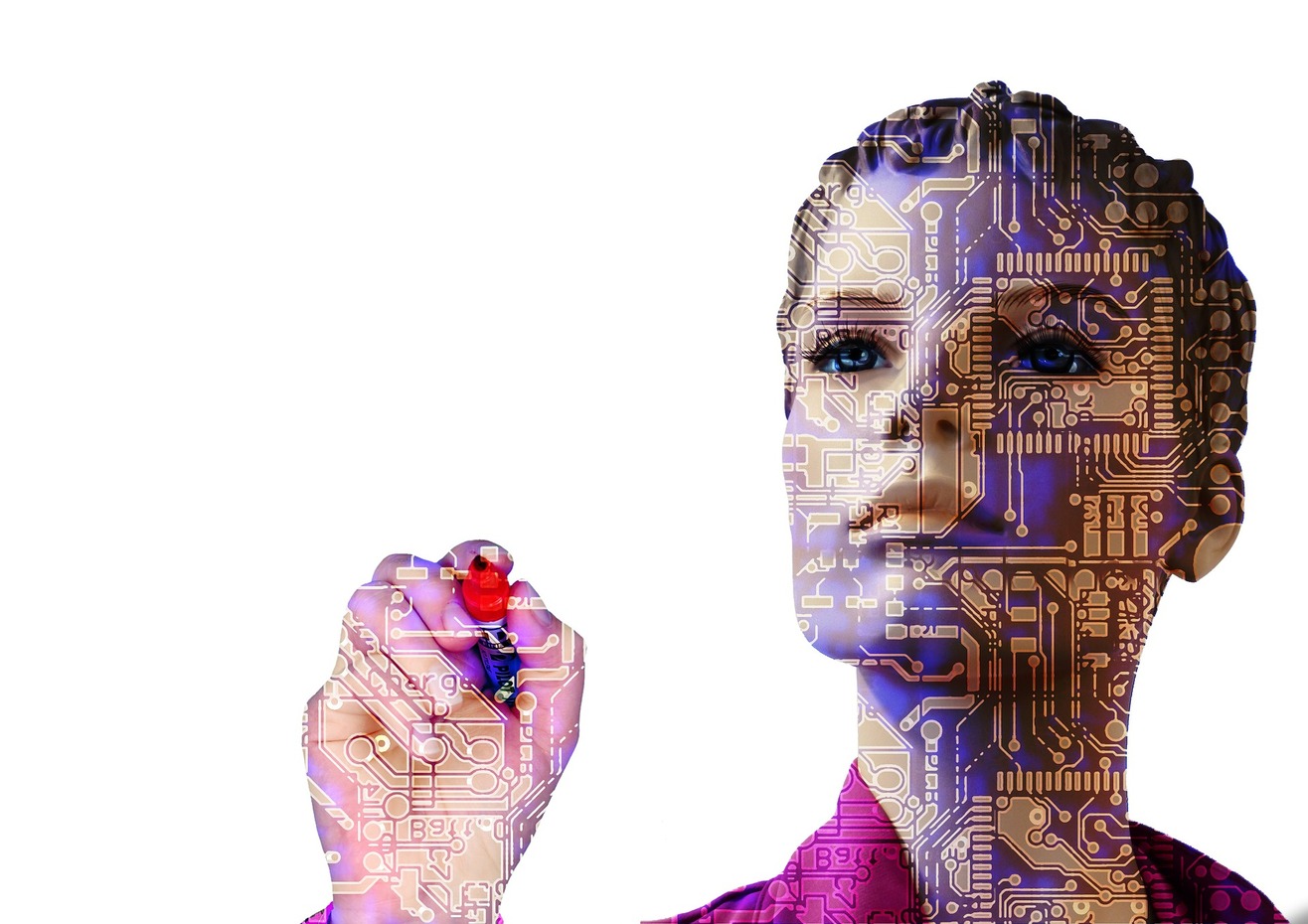What are Decentralized Apps, Blockchain and Distributed Ledger Technologies?
Decentralized applications (dApps) are programs that run on a decentralized network, such as a Bitcoin or Ethereum fueled blockchain or distributed ledger technologies (DLT’s). These dApps enable users to interact with each other without the need for a middleman or centralized authority. They’re powered by blockchain technology, which is an immutable and secure way of storing data and executing transactions.
Distributed ledger technologies are the foundation of decentralized applications. By leveraging DLT, dApps can securely and efficiently store data in a way that cannot be manipulated, while also allowing users to interact with each other without relying on a central authority. This helps create trustless systems where users can transact without fear of censorship or fraud.
Exploring the Benefits of Decentralized Apps for Businesses & Consumers
Decentralized applications are a new type of software that is based on blockchain technology. They offer a wide range of benefits to both businesses and consumers alike. Businesses can use dApps to increase transparency, reduce costs, and provide better customer service. Consumers can also benefit from dApps as they provide a secure way to store data and make transactions. Furthermore, decentralized apps offer greater flexibility in terms of customization and scalability compared to traditional applications. By leveraging the advantages of blockchain technology, decentralized apps have the potential to revolutionize the way businesses interact with customers and how people access services online.
The development of decentralized applications using blockchain and distributed ledger technology provides a number of potential benefits to developers. These include increased security, scalability, cost savings, and the ability to reach a wider audience. However, there are also some challenges that must be addressed in order to ensure that dApp development is successful. These include issues related to user experience, scalability, privacy, and cost. In this article we will explore the benefits and challenges of developing dApps with blockchain and DLT technologies. We will also discuss the various platforms available for dApp development as well as best practices for successful dApp deployment.
Exploring Popular Tools & Platforms for Building dApps on the Blockchain
dApps are growing in popularity as they offer an efficient way to build applications on the blockchain. They are becoming increasingly popular due to their distributed nature and security features. Here are a few popular tools and platforms for building dApps:
- Ethereum: Ethereum is the most popular platform for building dApps. It is a decentralized, open-source blockchain platform that allows developers to build and deploy smart contracts.
- EOS: EOS is a decentralized platform for building dApps that can scale to handle a high number of transactions per second. It uses a consensus mechanism called Delegated Proof of Stake (DPoS) to achieve this scalability.
- TRON: TRON is a decentralized platform that is designed for building and deploying dApps. It uses a consensus mechanism called Delegated Proof of Stake and claims to be able to handle a large number of transactions per second.
- Hyperledger: Hyperledger is an open-source project designated to advance cross-industry blockchain technologies. It offers a variety of tools and platforms for building dApps, including Hyperledger Fabric, Sawtooth, and Iroha.
- ICON: ICON is a decentralized platform that enables the creation of dApps by providing a set of tools and services to developers. It uses a consensus mechanism called Loopchain and claims to be able to handle a large number of transactions per second.
- Waves: Waves is a decentralized platform for building and deploying dApps. It aims to provide a simple and user-friendly interface for developers to build and launch their dApps.
These are just a few examples of the many tools and platforms available for building dApps on the blockchain. Each one has its own set of features and capabilities, and the best option for a particular project will depend on the specific requirements and goals of the project.
The Future of Decentralized Apps, Blockchain & Distributed Ledger Technologies
The future of decentralized apps, blockchain, and distributed ledger technologies looks promising as more and more industries are starting to see the potential benefits of these technologies.
Decentralized apps are expected to become more mainstream as more businesses and organizations start to adopt them for various use cases. dApps have the potential to disrupt various industries, including finance, healthcare, supply chain, and more.
Blockchain technology is also expected to continue to evolve and improve, with more businesses and industries exploring the potential use cases and benefits of the technology. In addition, the development of new consensus mechanisms, such as proof-of-stake, and the increasing use of sidechains, are expected to help improve the scalability and interoperability of blockchain networks.
Distributed ledger technologies are also expected to play a critical role in the future of digital transactions and data management, with more and more industries exploring the use of these technologies for various use cases such as creating digital identities, supply chain management, and more.
The future of decentralized apps, blockchain and distributed ledger technologies will disrupt various sectors, improve development of new consensus mechanisms and increasing use of sidechains.








